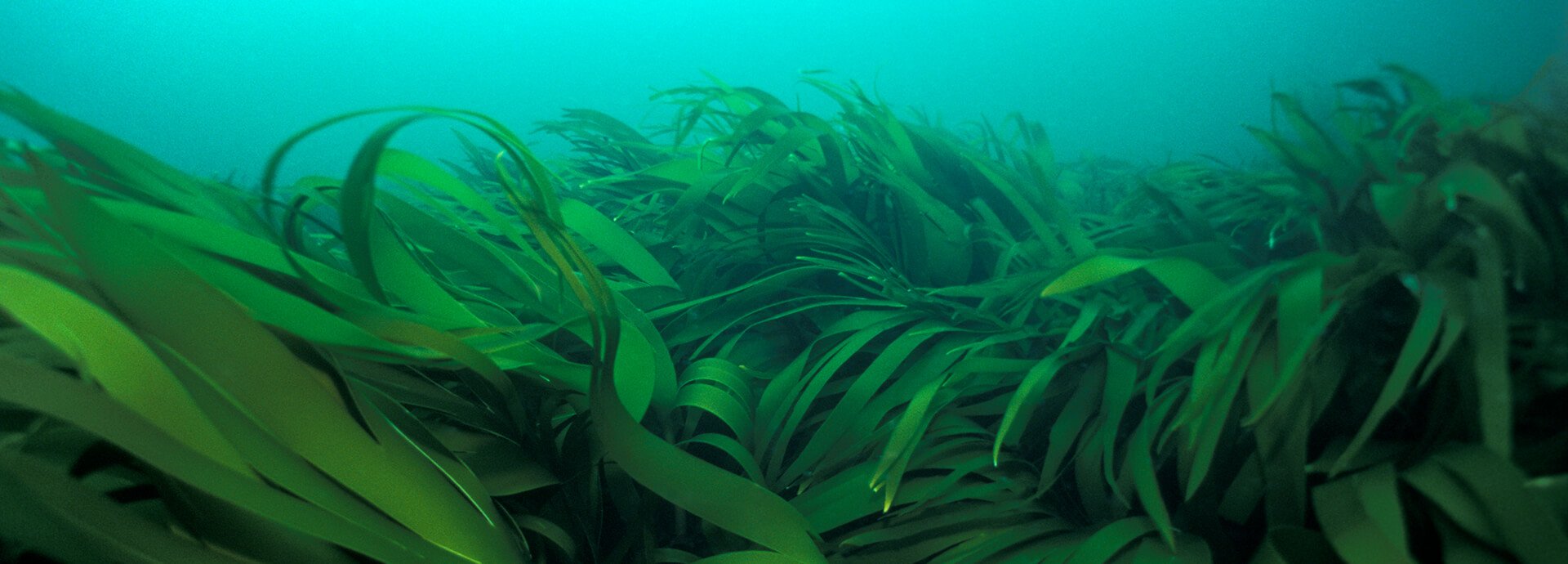Seagrass Ocean Rescue
Mighty Meadows
The UK has lost up to 90% of its seagrass meadows in the past century, which has had negative consequences for the health and resilience of our coastal systems. In 2019, Swansea University, the charity Project Seagrass and WWF-UK formed a collaboration to begin to restore some of what we have lost through re seeding. Concurrently, over the last six years Swansea University has been leading trials across Wales to develop appropriate methods for seagrass restoration.
Here in North Wales, Pen Llŷn a’r Sarnau and the North Wales Wildlife Trust have now teamed up with the partnership to start exploring how we can bring this exciting project to North Wales. Funding secured from the National Lottery Heritage Fund will help us to develop a socially agreeable and ecologically sound programme of restoration and we want you to get involved. This work will also build on all the work we have undertaken in Porthdinllaen over the last few years.
By taking part of our short survey you will help us restore seagrass in North Wales.
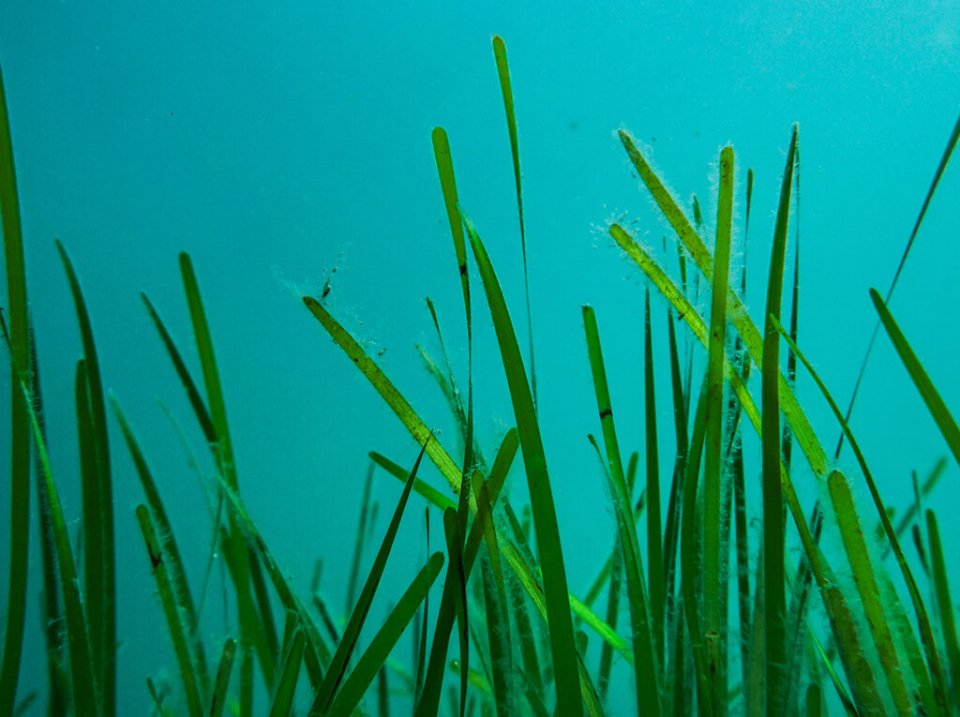
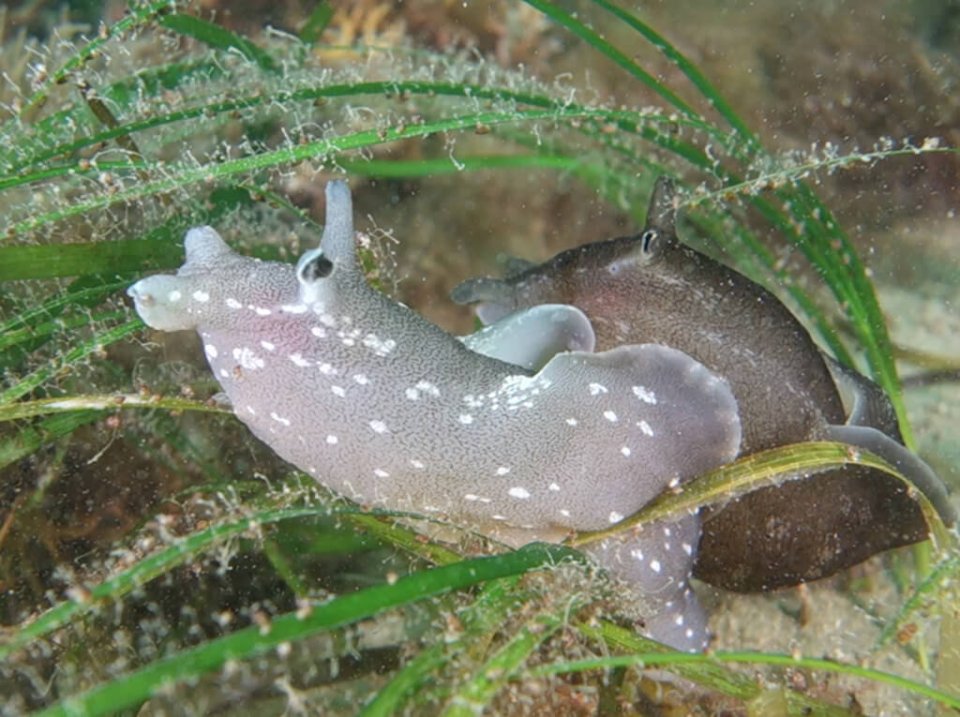
Underwater Meadows
Globally, there are around 60 species of seagrass, though only four are native to the UK and only two of those are considered ‘true’ seagrasses. These incredible species are the only flowering plants in the UK that can live and pollinate in seawater. They have long, green, ribbon-shaped leaves and can grow in small discrete patches or vast beds spanning hectares. Like other plants, they flower, develop fruit, produce seeds and are anchored by a network of interwoven roots that extract nutrients from the sediment.
For seagrasses to thrive, they need lots of light and shelter from waves and currents. When conditions are right, the beds they form create a fantastic habitat for a host of wildlife. They stabilise and oxygenate the sediment, slowing down water flow and making the area more hospitable for other species. The leaves themselves provide a surface for marine life to live on, such as anemones, hydroids, sea-squirts, sea mats and brown, red and coralline algae. Some of the rarer ‘hangers-on’ include the weird and wonderful stalked jellyfish with their alien-like appearance.
Over 40 times more species can be found within a seagrass meadow than on the bare sand next to it.
Seagrass also provides the perfect nursery for many fish, like pollack, cod, and dab, thanks to the high level of shelter provided by the seagrass itself and an abundance of food available for young fish to eat. Other species, like lobsters, have also been shown to shelter in the sediment during their early life stages and you don’t have to look for long to see signs of burrowing creatures, such as lugworm or sea potato. Hermit crabs, anemones, pipefish, shore crabs, cuttlefish and all sorts of sea-snails also call this diverse habitat home.
It’s easy to see why these rich habitats are sometimes referred to as underwater meadows. Just like their more familiar, terrestrial namesakes, healthy seagrass meadows are a wonderful place to enjoy the diversity of wildlife we have in the UK.
The canary of the sea
Naturally, the extent and distribution of seagrass changes with seasonal and annual cycles. Physical disturbance in the form of the occasional storm may help keep it healthy and productive, but persistent disturbance and added human pressures have taken their toll. In the 1930s a significant proportion of seagrass in the UK died from a wasting disease , which attacks the leaves and prevents photosynthesis, killing the plant. With added human impact it is estimated that we have lost 92% of our seagrass in the last century. Researchers have dubbed seagrass beds the canaries of the sea — they reflect the general health of our oceans and human impact is becoming increasingly clear.
Estimates show that one hectare of healthy seagrass can support up to 80,000 fish and 100,000,000 invertebrates.
The threats are varied. Nutrient run-off is a double-whammy: whilst toxic to seagrass it also stimulates growth in algae which competes with the seagrass for space and light. Invasive alien species also compete with seagrass and, in many places, it’s a competition they’re winning. Coastal development creates sediment that smothers the beds and damage by anchor chains, moorings, propellers and launching vehicles is also evident where boating activity is prevalent. Even trampling by coast users can be an issue at low tide.
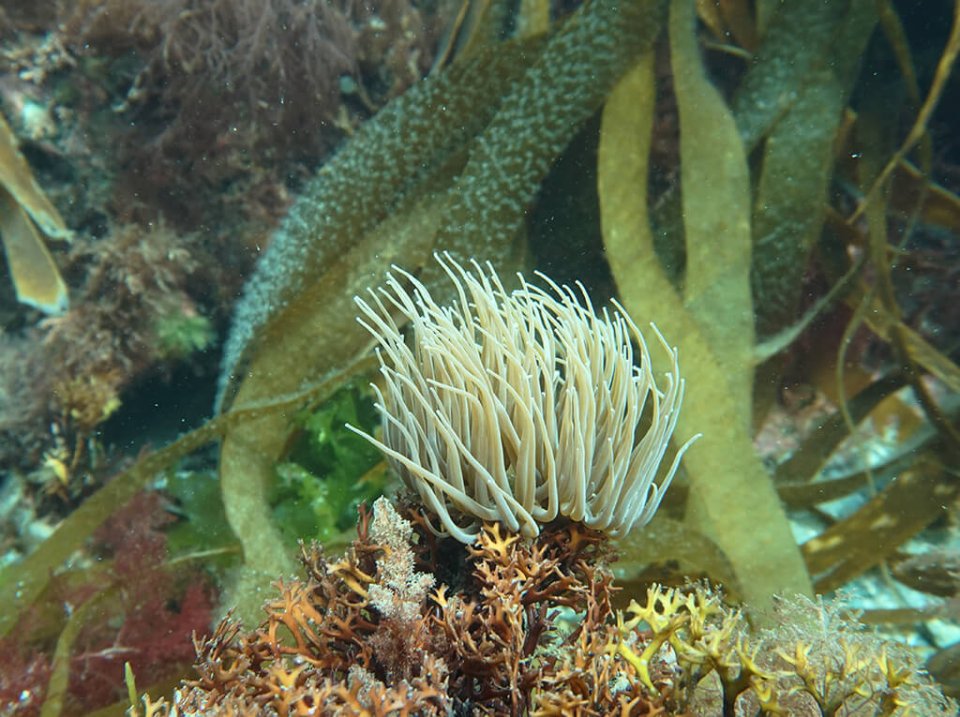
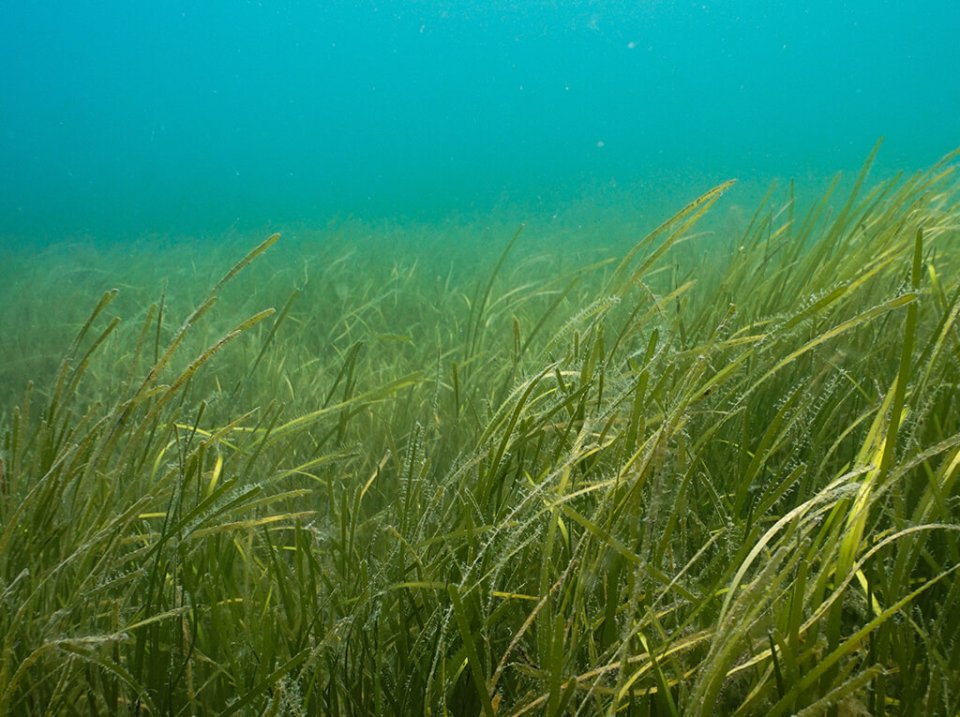
Blue Carbon
By losing seagrass we also lose the diversity of species that live there. But there’s even more at stake. Seagrass beds provide a whole host of essential ecosystem services. They filter pollutants, cycle nutrients, stabilise sediments and reduce coastal erosion. They also absorb huge amounts of carbon and because of this are increasingly recognised in the attempt to tackle the climate crisis and are considered an important natural solution. Seagrass beds sequester carbon — known as ‘blue carbon’ — in two ways: through photosynthesis and by trapping and stabilising particles from the water column. If undisturbed, carbon can be locked into seagrass sediments for millennia. It is therefore incredibly important that this special habitat is protected.
Globally, even though seagrass occupies only 0.1% of the seafloor, it accounts for between 10-18% of its annual carbon storage.
Luckily seagrass is resilient and given the chance can recover. Whilst habitat management is not easy in the sea it is possible! Seagrass restoration projects are collecting seeds ready for replanting to create new meadows. Other work includes looking at mooring systems that reduce the physical impact of boating and educating people around the importance of seagrass. Whilst these meadows may remain unseen by many, they have a crucial role in bringing about nature’s recovery in the sea.
Restoration sites are yet to be determined, and this is where we would like your help to collaboratively identify the most appropriate locations and we'd also love to find out how you would like to get involved.
Further informaiton
